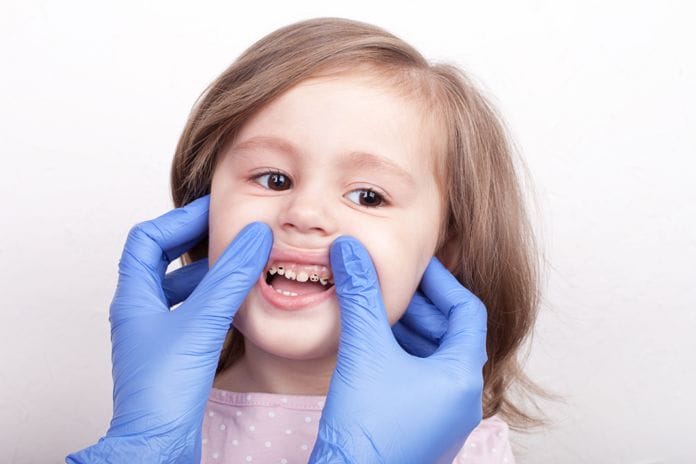Grand Rapids, Michigan made national headlines when they became the first city to add fluoride to their community’s water in 1945. Since this landmark decision, the Center for Disease Control and Prevention reports that 42 out of 50 cities in the United States have decided to help fight tooth decay by adding fluoride to its drinking water. A new study published in the Journal of Dental Research revealed strong evidence that communities, especially children, and teenagers, are benefiting from water fluoridation.
How Water Fluoridation Helps Fight Tooth Decay
Fluoride is a natural mineral derived from rocks that helps remineralize tooth enamel. The right amount of fluoride can lead to fewer tooth extractions and restorations.
The National Institute of Dental and Craniofacial Research reports that an estimated 42 percent of children, ranging from 2 to 11 years old, have dental caries. An estimated 23 percent of children in the same age group have dental caries that will remain untreated. Based on these findings, the World Health Organization, American Dental Association, U.S. Public Health Service, and other agencies supported adding it to the drinking water because it was a cost-effective way to provide fluoride to the masses. As the years went by, more and more states and local municipalities decided to add the mineral to their water supply to improve public health.
Fluoride can also be found in toothpaste, supplements, dental products, dietary supplements, and naturally-occurring in food and beverages. According to the Center for Disease Control and Prevention, water and other beverages contribute to 75% of a person’s total fluoride intake in the United States.
The Study Featured in the Journal of Dental Research
Researchers at the University of North Carolina at Chapel Hill School of Dentistry decided to study the correlation between dental caries in children and teenagers and their access to water with fluoridation. The cross-sectional study provided new data supporting the theory that community water fluoridation is safe and prevents the youth from developing cavities. The researchers analyzed data from several dental exams gathered by the National Health and Nutrition Examination Surveys over a 10-year span and reports on the level of community water fluoridation by the Center for Disease Control and Prevention. They focused on analyzing youth who were between the ages of 2 and 17 by looking at their number of dental caries, permanent dentition, and restorations.
Ultimately, they found counties, where 75 percent of the people had access to water with fluoride, experienced 30 percent less dental caries than people without it. Meanwhile, counties, where less than 75 percent had access to the treated water, had only a 12 percent reduction in the permanent dentition. The researchers noted that community water fluoridation also decreased the need for children to have tooth extractions and root canals later on in life.
Conclusion
In conclusion, children and teenagers can take steps to prevent tooth decay by using both water and toothpaste with fluoride. Because where a child lives directly affects their access to fluoridated water, it’s up to parents to be proactive and take their children to the dentist as soon as their first tooth erupts to assess their risk level and for early prevention.
Dentists and dental hygienists can give expert advice on how children and teenagers can avoid dental decay. They can also prescribe additional fluoride supplements and recommend other products if the patients live in a community with inadequate water fluoridation.
Before you leave, check out the Today’s RDH self-study CE courses. All courses are peer-reviewed and non-sponsored to focus solely on high-quality education. Click here now.
Listen to the Today’s RDH Dental Hygiene Podcast Below:
SEE ALSO: The History of Fluoride and Why It’s So Important
DON’T MISS: The Great Fluoride Debate: Patients who Refuse Fluoride











